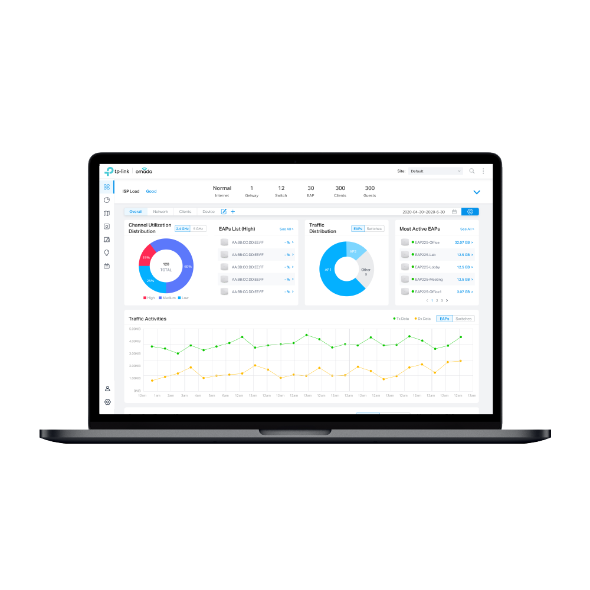Why we need to configure mail server on Omada SDN controller before adding cloud user and email log
For Omada SDN controller, if you want to add cloud user, email log, and reset password by email, you need to configure the mail server at first.
How to configure mail server?
The following is the configuration interface for mail server settings. You need to fill in the SMTP server address, SMTP service port. According to the requirement of your mailbox, you may need to enable SSL and authentication, fill in the username and password of your mailbox.
Let’s take Gmail as an example to show the configuration.

SMTP: smtp.gmail.com
Port: 465
SSL: Checked
Authentication: Checked
Username: Your Gmail address ( Here we use tplinksmb.fae@gmai.com as an example)
Password: Gmail APP password
Sender Address: Your Gmail address
Note: To set the mail server successfully, we need to make sure the third-part mail server already enables SMTP service and allows us to log in. Take Gmail for example:
- Gmail enables SMTP service by default but cannot directly log in. We need to set APP password for Gmail then use this password on the Omada controller to log in. About how to set APP password for Gmail, you can refer to https://support.google.com/accounts/answer/185833?hl=en
- Gmail may restrict the location of the application accessing of the Gmail account. If the Omada Controller locates in another Country or geographical location which is far from your routine location where you live and access Gmail daily, you may need to open the browser on the PC in the Omada Controller site and login into Gmail. It makes Gmail understand that the Omada Controller/OC200/OC300 and its IP Address belongs to you and it will allow you to send emails through your application.
Different mailboxes may have different ways to support third-party access. You need to configure this function based on your mailbox.
You can send a test email to one of your other mailboxes. If you set the mail server successfully, you will receive a “succeeded” message just like the above. Otherwise, you will receive a failed message.
The below are the functions that need to send the email. We need to configure mail server at first if we want to use these functions.
1.Cloud user
For Omada SDN controller, after adding cloud user, the mail server of controller will send an invitation email containing an inviting link to the TP-LINK ID email. Cloud user will be added successfully after clicking the inviting link. So we need to set up mail server before adding cloud user. Otherwise, we will fail to send an inviting email.
If you already added cloud user without setting the mail server, you can re-invite the cloud users in the account list after completing the settings of mail server.

2. Email log
If you want to email the system log to your mailbox, you need to configure the mail server as well. And please follow the following steps complete the settings.
1 ) Enable Mail Server in Controller Settings.
2 ) Enable Alert Emails in Site Settings.

3 ) Enable Alert Emails in Admin Settings.

4 ) Enable Alert Emails in Logs Settings.

3. Forget password
If you forgot your password and need to reset the password, you can fill in your mailbox and receive an email to reset the password. So you need to configure the mail server at first as well.


Полезен ли беше този ЧЗВ?
Вашите отзиви помагат за подобряване на този сайт.









